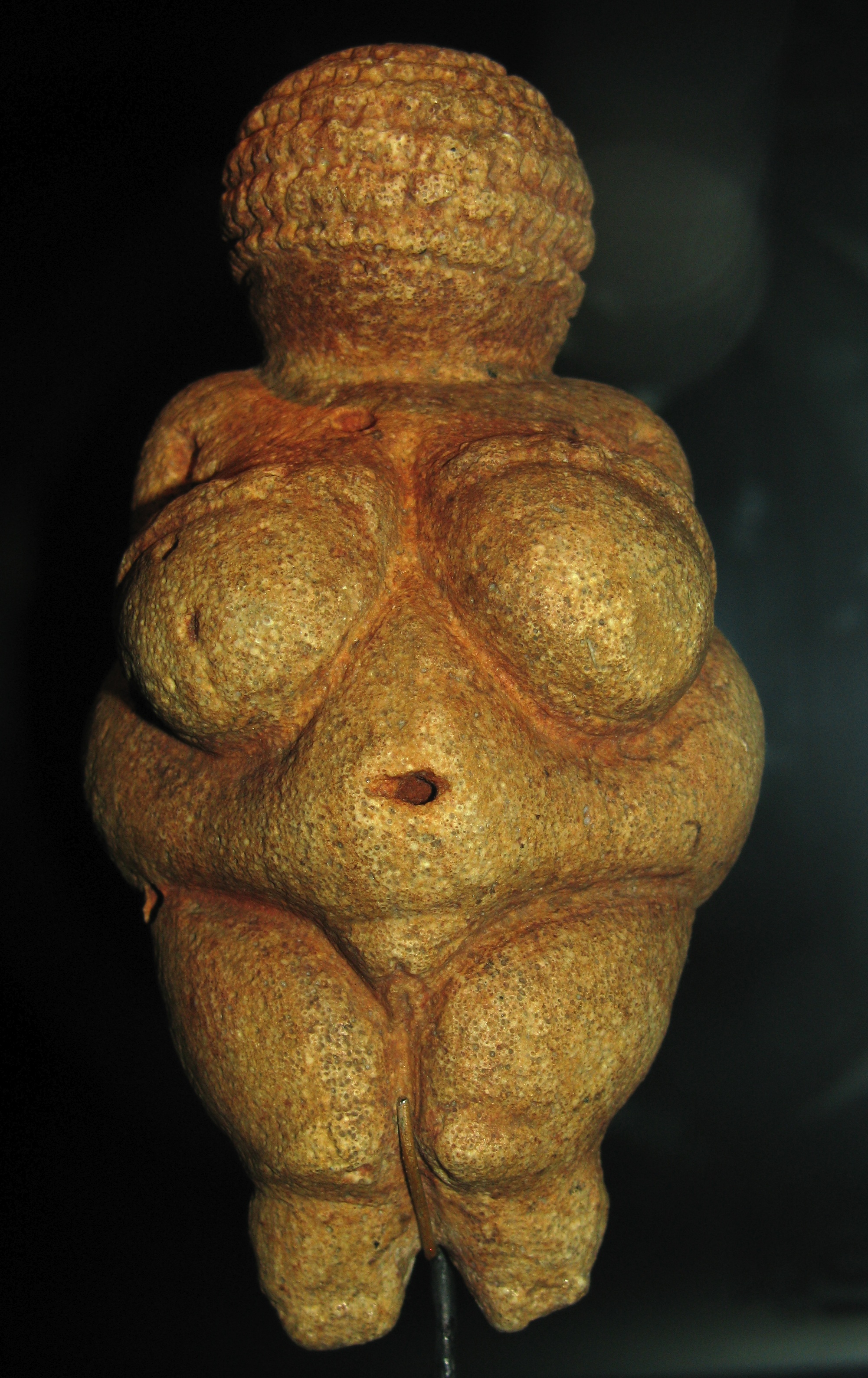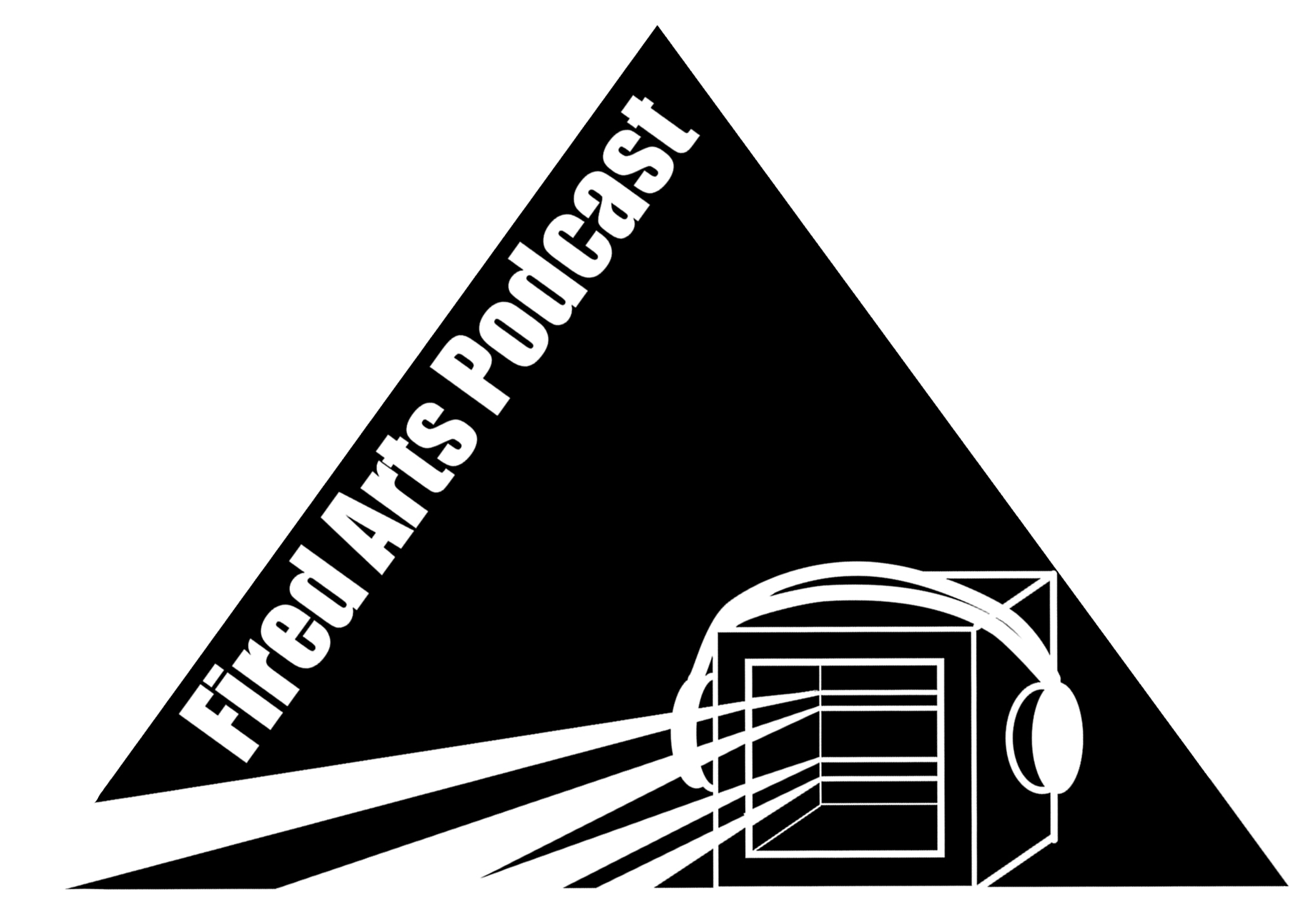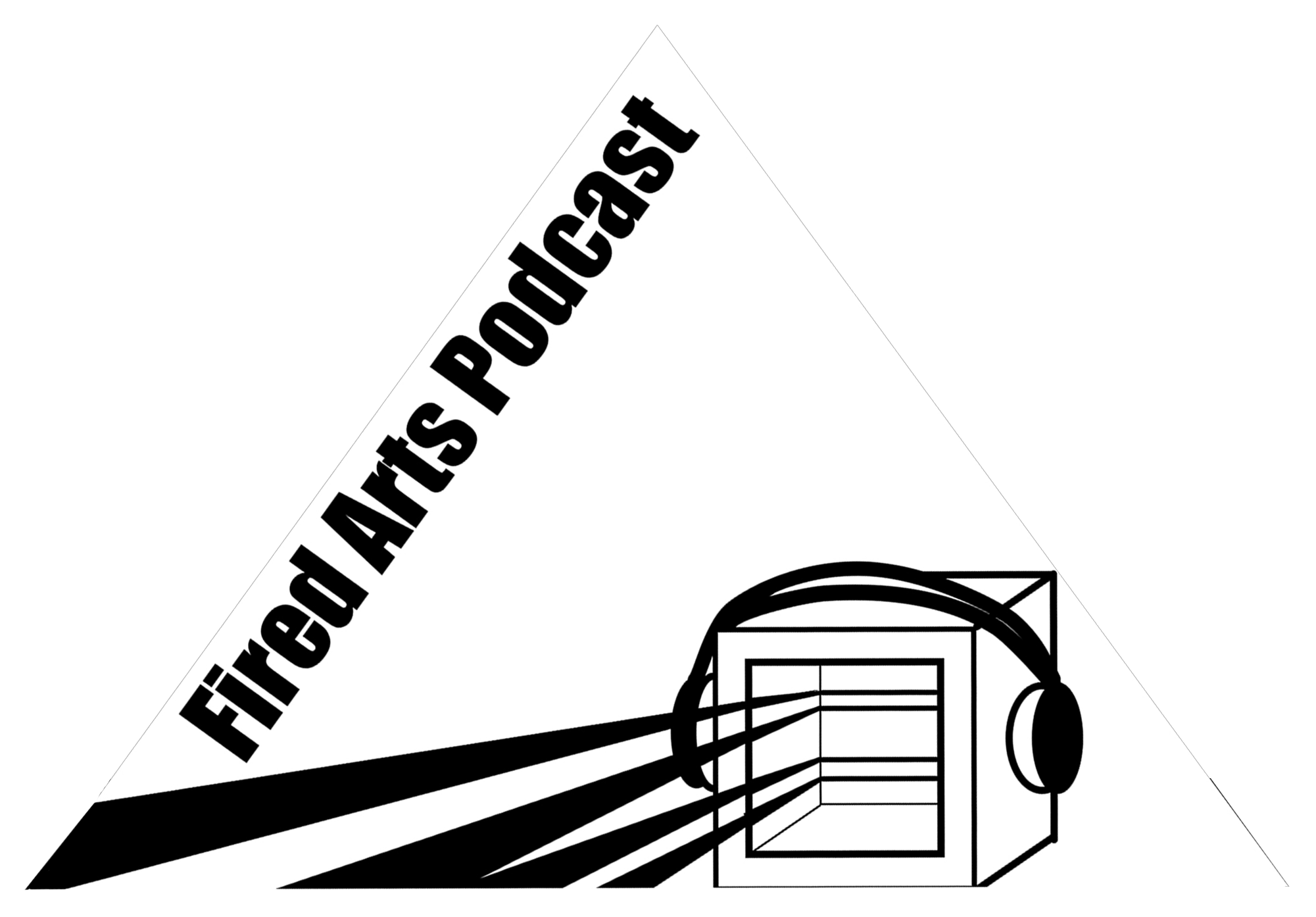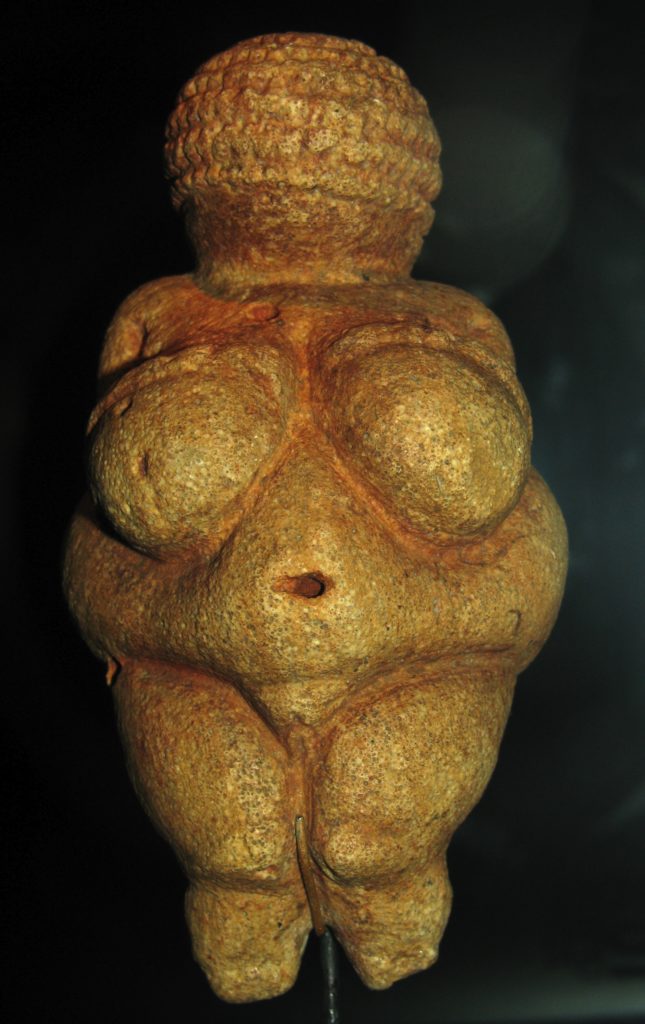Podcast: Play in new window | Download

 Venus of Willendorf
Venus of Willendorf
wikipedia.org
The Full Body Talk!
Clay… Al2O3 2SiO2 2H2O
alumina silicate
This material has been in existence since the first living organism died, decayed, and produced organic mater. Mix in a little dirt, and you have clay. Not to make lite of this amazingly versatile material, but clay does come from the earth. With that being said, there are many varieties of clay and different functions because of those variations.
Clay is a general term. And under that umbrella you have groupings and under those there are specific types of clays. You may have heard terms such as Earthenware Clays, Mid-Range Stoneware, High-fire Stoneware Clays, Porcelain Clays, Porcelainious Stoneware Clays. Under those categories, you have the specific types of clay bodies, Terra Cotta, Speckled Brownstone, B-mix, and Porcelain to name a few. To a novice these words might be familiar but not mean much, but if you have any intention of making this a profession you must know what clays you are using, what temperatures they go to, and their characteristics.
The Function
Clays are mined and then mixed together with other clays and materials to make a clay body. In this podcast we will be discussing “the full body talk”. is that clay bodies are made with specific functions in mind. It might be for sculptural work where the clay would need to be structurally sound when building large, but not necessarily a functional dinnerware body that would need to vitrify when being fired. Vitrification happens when the clay goes through quartz inversion and turns to glass, meaning that liquids cannot pass through the piece. There are materials added to the class to change the firing temperature, or its plasticity.
The Skills
With clay’s many functions, different skills are needed to preform each. You might be a hand builder, or a wheel thrower, or slip caster, or a tile maker. All are and can be respectable skills to acquire in clay.
The Tools
With each skill you can get by with very primitive tools or highly sophisticated ones. Hand building
- Rolling pins or slab rollers
- Extruders
- Templates
- Wooden tools
- Scoring tools
- Tables,
- Mats
- Wheel Throwing
- Wheel
- Throwing kits
- Splash tray
- Stools
- Drying racks
- Slip Casting
- Molds
- Rubber bands
- Clamps
- Coddle boards
- Plaster
- Pouring table
- Tile making
- Cutting and beveling tools
- Templates
Availability
Criteria for developing a clay body
- color and texture
- plasticity
- shrinkage- warping and cracking
- proper maturing density
- glaze fit
Components of developing of clay body
- Plastic Clays
- Fillers/nonplastic clay (fire clay, flint, grog, kaolin)
- Flux- lower the temperature


